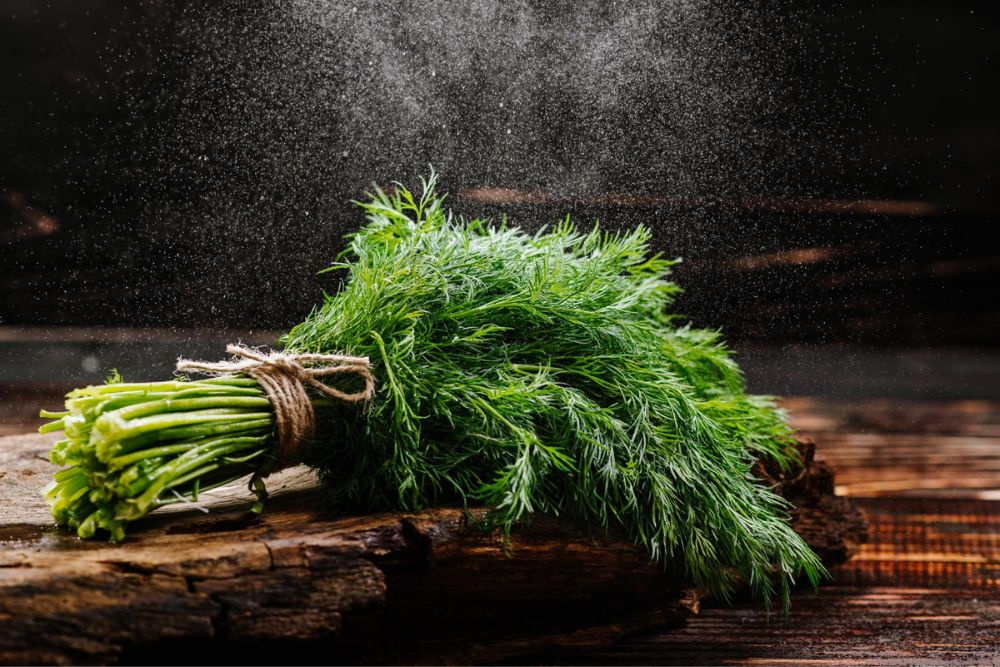Most people are familiar with dill weed as a dried or fresh spice used in cooking that adds a mild peppery flavor to pickled foods, sauces, stews, grilled meat or fish, potatoes, rice, and pasta dishes. What you may not know is that dill has been in use for centuries for medicinal purposes.
Native to the Mediterranean region, dill has been used since ancient Greek and Roman times as both a spice and a medicine. Dill weed (Anethum graveolens) is part of the same family as parsley, cumin and the bay leaf. The nutrients found in dill weed include calcium, manganese and iron as well as flavonoids, which provide anti-inflammatory and antiviral properties.
The first record of dill as a medicinal herb dates back 5,000 years to Egypt, when the plant was referred to as a “soothing medicine.” Both dill roots and seeds have been used in medicinal preparations. Some of the health concerns that dill extract can address are:
- Menstrual cramps
- Depression
- Blood sugar balance
- Digestive support
Dill is believed to work in the body in a few different ways. For example, dill may relax smooth muscle which reduces the cramping and tension associated with menstrual cramps. Similarly, dill may support digestion because it allows the digestive system to work more fluidly.
In addition to the fresh herbs and seeds, extract of dill essential oil is available in tincture form. Your holistic health practitioner can guide you on the proper use of dill to support your health.
Resources
Jirovetz, L., et al. “Composition, Quality Control, and Antimicrobial Activity of the Essential Oil of Long-Time Stored Dill (Anethum Graveolens L.) Seeds from Bulgaria.” Journal of Agricultural and Food Chemistry 51, no. 13 (June 18, 2003): 3854–57. https://doi.org/10.1021/jf030004y
El Mansouri, L., et al. “Phytochemical Screening, Antidepressant and Analgesic Effects of Aqueous Extract of Anethum Graveolens L. From Southeast of Morocco.” American Journal of Therapeutics 23, no. 6 (December 2016): e1695–99. https://doi.org/10.1097/MJT.0000000000000090
Pattanittum, P., et al. “Dietary Supplements for Dysmenorrhoea.” The Cochrane Database of Systematic Reviews 3 (March 22, 2016): CD002124. https://doi.org/10.1002/14651858.CD002124.pub2

